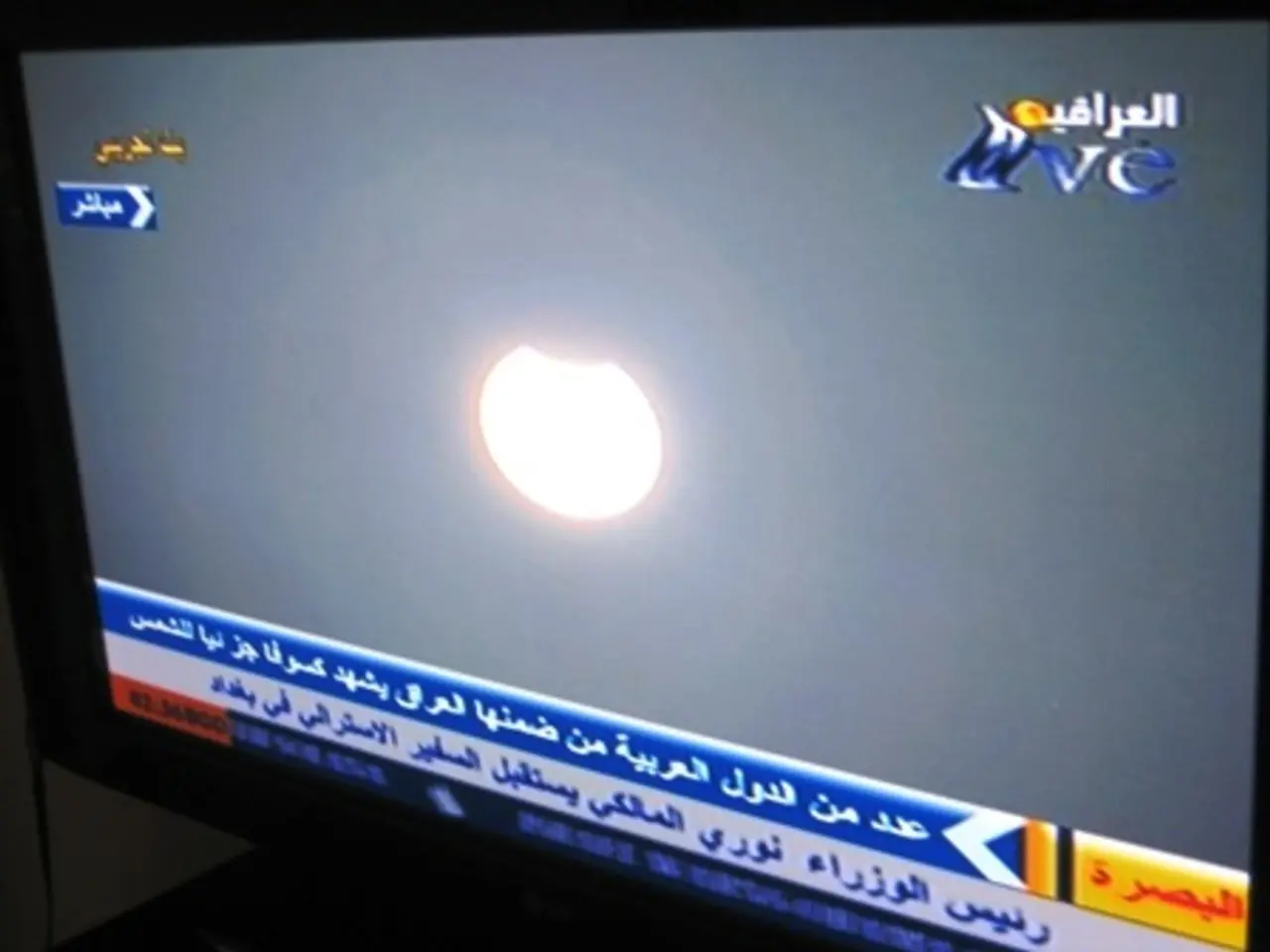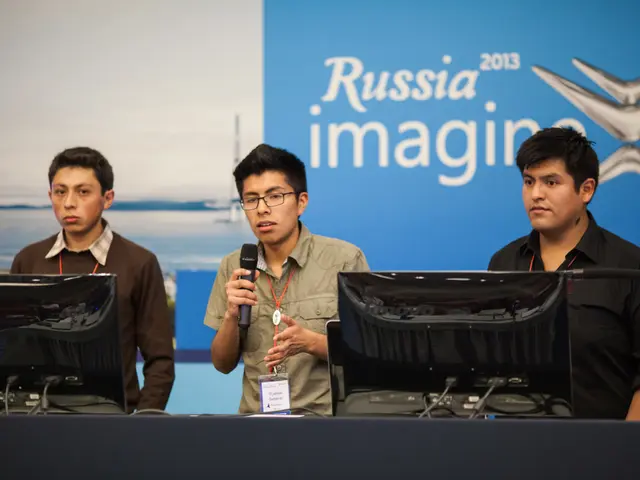New VP of ATSC Standards Development Boasts about 3.0's Global Opportunities
Brazil Adopts ATSC 3.0 Standard, Boosting Global Adoption
Brazil has taken a significant step in the world of advanced television technology by adopting the physical layer of the ATSC 3.0 standard for its own TV 3.0 advanced TV standard. This decision has contributed to the broader validation and influence of ATSC 3.0 as a global advanced TV technology.
The move by Brazil effectively aligns its terrestrial TV broadcast technology with an international standard, encouraging wider adoption and compatibility as markets observe its use outside the U.S. This adoption serves as an important endorsement, demonstrating that ATSC 3.0's physical layer is flexible and effective enough to be adapted to different regional standards beyond its original U.S. development.
This could potentially encourage other countries or regions to consider adopting or referencing ATSC 3.0 technology as part of their own advanced TV standards, thus aiding the standard’s diffusion globally.
However, there are ongoing debates and challenges in the U.S. and elsewhere related to full ATSC 3.0 adoption, including concerns about market readiness, regulatory mandates versus voluntary adoption, and digital rights management (DRM) issues. These discussions influence how rapidly and broadly ATSC 3.0 is embraced worldwide.
In the U.S., the Federal Communications Commission (FCC) and industry stakeholders are still negotiating transition timelines and policies to ensure viewers are not left behind and that the benefits of ATSC 3.0 are realized without prohibitive costs or accessibility restrictions.
Meanwhile, the Advanced Television Systems Committee (ATSC), which promotes ATSC 3.0 as a global standard, known in the U.S. as "NextGen TV," is looking to establish a stronger partnership with the SBTVD Forum to keep the evolution of the TV 3.0 system harmonized with the global ATSC 3.0 standard.
In a bid to further improve the standards, the use of files as references instead of natural language is being implemented to reduce ambiguities and improve interoperability. AI is also being considered for use in standards development to find inconsistencies, clarify acronyms, and help implementers understand the standards more quickly and accurately.
The current issue Fausto sees with ATSC 3.0 is that many countries consider it to be a standard for the United States and not a 'global standard.' However, Luiz Fausto, the new vice president of standards development for ATSC, believes that ATSC 3.0 has the potential to reach many other countries and territories due to its flexibility and ability to evolve over time.
ATSC 3.0 has already been adopted by several countries, including South Korea, Jamaica, Trinidad & Tobago, and is being tested in India and Canada. Approximately 76% of U.S. households are within reach of a 3.0 signal.
The Broadcast to Everything Project (B2X) is a current project working on aligning the ATSC 3.0 physical layer more closely with the 5G physical layer and taking into account the broadcast core network. Digital Radio Mondiale services are also being developed to be carried over ATSC 3.0.
The complexity of the standards is increasing, and the use of AI and files as references is expected to help reduce human errors and improve precision. Fausto, who was technical module chairman of the Sistema Brasileiro de Televisão Digital (SBTVD) Forum, will be focusing on how the groups get work done, including the use of AI to help manage the work of the group and improve implementer understanding of the standards.
The appointment of Luiz Fausto, a former tech executive with Globo TV, Brazil's largest TV network, as the new vice president of standards development for the ATSC, is a significant step towards promoting global collaboration and harmonization in the development and adoption of advanced television standards. Madeleine Noland, the ATSC President, was impressed with Fausto's qualifications and enthusiasm for ATSC.
In summary, Brazil’s move to adopt the ATSC 3.0 physical layer has positively influenced the status of ATSC 3.0 as a global standard by demonstrating its adaptability and international relevance, which aids in promoting its adoption in other markets. This step complements ongoing adoption efforts and regulatory considerations occurring particularly in the U.S. and highlights the evolving global impact of ATSC 3.0 technology.
- As a result of adopting the physical layer of ATSC 3.0, Brazil is boosting the global adoption of advanced TV technology.
- The video content broadcast through ATSC 3.0 technology can now be viewed in HD on Brazilian television.
- The infrastructure underlying ATSC 3.0 technology is flexible enough to adapt to regional standards, making it suitable for international use.
- The adoption of ATSC 3.0 may encourage other countries to consider adopting or referencing the technology in their own advanced TV standards.
- The use of files as references instead of natural language is being implemented in ATSC 3.0 standards to reduce ambiguities and improve interoperability.
- AI is being considered for use in standards development to help find inconsistencies, clarify acronyms, and improve implementer understanding of the standards.
- Luiz Fausto, the new vice president of standards development for ATSC, believes that ATSC 3.0 has the potential to be adopted in many other countries due to its flexibility and ability to evolve.
- Digital Radio Mondiale services are being developed to be carried over ATSC 3.0, expanding the audio content supported by the technology.
- The collaboration between the ATSC and SBTVD Forum is expected to help keep the TV 3.0 system harmonized with the global ATSC 3.0 standard, promoting media harmonization worldwide.




